Home>Gardening & Outdoor>Landscaping Ideas>What Kind Of Grass Grows Best In Sandy Soil
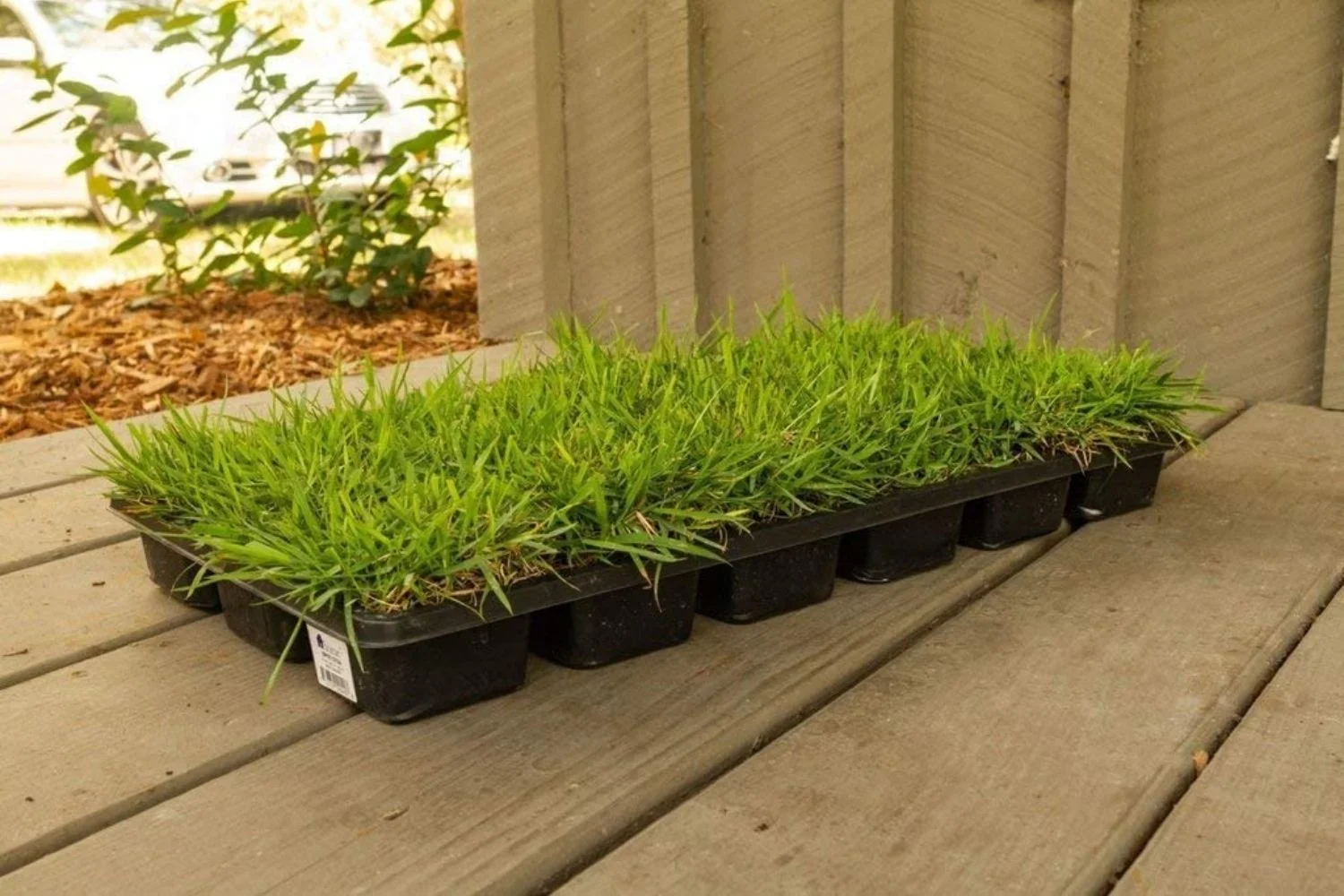

Landscaping Ideas
What Kind Of Grass Grows Best In Sandy Soil
Published: January 27, 2024
Discover the best grass for sandy soil with our expert landscaping ideas. Create a lush, thriving lawn in sandy conditions. Unlock the secrets to successful sandy soil landscaping!
(Many of the links in this article redirect to a specific reviewed product. Your purchase of these products through affiliate links helps to generate commission for Storables.com, at no extra cost. Learn more)
Introduction
Welcome to the world of landscaping, where the canvas is the earth and the paintbrush is the greenery that adorns it. When it comes to creating a lush, vibrant lawn, the type of soil you have plays a crucial role. Sandy soil, known for its gritty texture and excellent drainage, presents both unique challenges and opportunities for cultivating a thriving lawn. In this article, we will delve into the realm of sandy soil and explore the best grass types that thrive in this environment. By understanding the characteristics of sandy soil and the specific needs of different grass varieties, you can transform your sandy terrain into a verdant oasis.
Key Takeaways:
- Sandy soil presents unique challenges and opportunities for growing grass. Choose resilient grass types like Bermuda grass and implement proper soil management to create a lush, vibrant lawn in sandy terrain.
- To thrive in sandy soil, select grass varieties with drought tolerance and low nutrient requirements. Implement soil amendments, proper irrigation, and regular maintenance to foster a resilient and visually appealing lawn.
Read more: What Grass Grows In Sandy Soil
Understanding Sandy Soil
Sandy soil is characterized by its granular texture, which results from the large particles that make up its composition. These particles are relatively large and do not compact easily, leading to excellent drainage and aeration. While this can be advantageous in terms of preventing waterlogging and allowing air to reach plant roots, sandy soil also has its drawbacks. Its fast drainage means that essential nutrients can be easily washed away, leaving the soil nutrient-deficient. Additionally, sandy soil tends to have a low water-holding capacity, requiring more frequent irrigation, especially during dry spells.
Understanding the unique properties of sandy soil is essential for successful lawn care. Its rapid drainage can lead to leaching of nutrients, making it crucial to choose grass varieties that can thrive in such conditions. Moreover, the sandy soil’s low water retention necessitates careful attention to watering practices to ensure that the grass receives adequate moisture.
By comprehending the intricacies of sandy soil, you can make informed decisions when selecting the most suitable grass types and implementing effective maintenance practices to foster a healthy and vibrant lawn.
Factors to Consider When Choosing Grass for Sandy Soil
When it comes to selecting the right grass for sandy soil, several crucial factors should be taken into account to ensure successful growth and long-term health. Understanding these considerations will enable you to make an informed decision that aligns with the specific characteristics of sandy soil, ultimately leading to a resilient and visually appealing lawn.
- Drainage: Given the naturally fast drainage of sandy soil, it is vital to choose grass varieties that can thrive in such conditions. Opt for grasses that can withstand drier soil and do not require excessive moisture to flourish.
- Drought Tolerance: Sandy soil’s low water retention capacity makes it imperative to select grass species that exhibit excellent drought tolerance. Look for varieties that can endure periods of limited rainfall without sacrificing their lush appearance.
- Nutrient Requirements: Sandy soil’s propensity to leach nutrients necessitates grasses that are resilient in nutrient-deficient environments. Choosing grass species with lower nutrient demands can help mitigate the challenges posed by the soil’s nutrient depletion.
- Soil Amendment: Consider incorporating organic matter or soil amendments to improve the nutrient-holding capacity of sandy soil. This can create a more favorable environment for a wider range of grass species to thrive.
- Traffic Tolerance: Evaluate the intended use of the lawn area and select grass varieties that can withstand the anticipated level of foot traffic. Whether it’s a residential yard or a recreational space, choosing grasses with suitable traffic tolerance is essential for long-term durability.
By carefully considering these factors, you can narrow down the options and identify the most suitable grass types that align with the unique characteristics of sandy soil. This thoughtful approach will set the stage for a resilient and visually appealing lawn that flourishes in its sandy terrain.
Consider planting grass species such as Bermuda grass, Zoysia grass, or St. Augustine grass, as they are well-suited for sandy soil. These grasses have deep root systems that can thrive in sandy conditions.
Best Types of Grass for Sandy Soil
Choosing the right grass for sandy soil is pivotal to establishing a lush, resilient lawn that thrives in this unique environment. Several grass species have demonstrated exceptional adaptability to sandy soil conditions, showcasing the ability to withstand its challenges while maintaining their visual appeal and vitality. Here are some of the best grass types renowned for their compatibility with sandy soil:
- Bermuda Grass (Cynodon dactylon): Known for its exceptional drought tolerance and ability to thrive in sandy soils, Bermuda grass is a popular choice for warm climates. Its resilience in nutrient-deficient environments and rapid growth make it well-suited for sandy soil landscapes.
- Zoysia Grass (Zoysia spp.): Zoysia grass varieties exhibit impressive adaptability to sandy soils, displaying excellent drought tolerance and minimal nutrient requirements. Their dense growth and ability to withstand foot traffic make them an attractive option for sandy lawns.
- Buffalograss (Buchloe dactyloides): Native to the Great Plains, Buffalograss is well-adapted to sandy soils, showcasing remarkable drought tolerance and minimal maintenance requirements. Its fine texture and low water needs make it an environmentally friendly choice for sandy landscapes.
- Centipede Grass (Eremochloa ophiuroides): With its low fertility requirements and ability to thrive in acidic sandy soils, centipede grass is a resilient option for sandy lawns. Its slow growth and low maintenance needs make it an appealing choice for homeowners seeking a low-maintenance turf.
- Tall Fescue (Festuca arundinacea): Tall fescue varieties, particularly those adapted to dry climates, exhibit notable resilience in sandy soils. Their deep root systems and ability to withstand drought conditions make them a valuable addition to sandy landscapes.
These grass species have proven themselves as excellent choices for sandy soil, offering a harmonious blend of resilience, visual appeal, and adaptability to the unique characteristics of sandy terrain. By selecting from these exceptional options, you can cultivate a vibrant and enduring lawn that flourishes in your sandy soil environment.
Tips for Growing Grass in Sandy Soil
Cultivating a thriving lawn in sandy soil requires a strategic approach that addresses the soil’s unique characteristics and challenges. By implementing the following tips, you can optimize the growth and long-term health of your grass, transforming your sandy terrain into a verdant oasis:
- Soil Amendment: Incorporate organic matter, such as compost or well-rotted manure, into the sandy soil to enhance its nutrient-holding capacity. This can improve the soil structure and provide essential nutrients for the grass.
- Choose Appropriate Grass Varieties: Select grass species known for their adaptability to sandy soil, such as Bermuda grass, Zoysia grass, or Buffalograss. These varieties exhibit resilience in nutrient-deficient environments and can thrive in sandy conditions.
- Proper Irrigation: Due to the low water retention of sandy soil, it is essential to water the lawn deeply and less frequently to encourage deep root growth. Consider investing in a soaker hose or drip irrigation system to deliver water directly to the root zone.
- Mulching: Apply a layer of organic mulch, such as wood chips or straw, to the soil surface to help retain moisture and regulate soil temperature. Mulching can also contribute to the gradual improvement of the soil’s organic content over time.
- Regular Fertilization: Implement a fertilization schedule tailored to the nutrient needs of the chosen grass species. Utilize slow-release fertilizers to provide a steady supply of nutrients without the risk of leaching in sandy soil.
- Monitor Soil Moisture: Keep a close eye on soil moisture levels, especially during dry spells. Adjust the watering schedule as needed to ensure that the grass receives adequate moisture without promoting waterlogging.
- Overseed with Legumes: Consider overseeding the lawn with leguminous plants, such as clover, to enhance nitrogen fixation and improve the soil’s fertility. Legumes can contribute to the soil’s nutrient content and reduce the reliance on external fertilizers.
- Regular Aeration: Perform periodic core aeration to alleviate compaction and enhance air and water penetration in the sandy soil. Aeration promotes root development and overall soil health.
By implementing these tips, you can effectively address the challenges posed by sandy soil and create an environment conducive to the healthy growth of grass. With thoughtful soil management and strategic lawn care practices, your sandy landscape can become a flourishing haven of greenery and vitality.
Read more: How To Grow Grass In Sandy Florida Soil
Conclusion
Transforming sandy soil into a thriving, verdant lawn is an achievable endeavor with the right knowledge and approach. By understanding the unique characteristics of sandy soil and selecting grass varieties tailored to its specific demands, you can cultivate a resilient and visually captivating landscape. The inherent challenges of sandy soil, such as rapid drainage and nutrient depletion, can be effectively managed through strategic soil amendment, proper irrigation, and thoughtful grass selection.
Choosing the best grass types for sandy soil, such as Bermuda grass, Zoysia grass, Buffalograss, Centipede grass, or Tall Fescue, sets the stage for a resilient and enduring lawn that flourishes in this distinctive environment. These grass species exhibit remarkable adaptability to the challenges posed by sandy soil, showcasing resilience, drought tolerance, and minimal nutrient requirements.
Implementing essential tips for growing grass in sandy soil, including soil amendment, proper irrigation, mulching, regular fertilization, and overseeding with legumes, can further enhance the soil’s fertility and the grass’s overall health. By embracing these practices, you can create an environment that fosters the lush growth of grass, transforming your sandy terrain into a vibrant oasis of greenery.
Ultimately, the key to success lies in a holistic understanding of sandy soil and a proactive approach to lawn care that addresses its unique needs. With careful consideration of grass varieties, thoughtful soil management, and strategic maintenance practices, you can overcome the challenges of sandy soil and create a stunning, enduring lawn that enhances the beauty of your outdoor space.
Embrace the potential of sandy soil, harness the adaptability of resilient grass varieties, and embark on a journey to cultivate a thriving lawn that flourishes amidst the granular terrain. With the right approach, your sandy landscape can become a captivating tapestry of green, enriching your outdoor environment and providing a welcoming retreat for all to enjoy.
Frequently Asked Questions about What Kind Of Grass Grows Best In Sandy Soil
Was this page helpful?
At Storables.com, we guarantee accurate and reliable information. Our content, validated by Expert Board Contributors, is crafted following stringent Editorial Policies. We're committed to providing you with well-researched, expert-backed insights for all your informational needs.
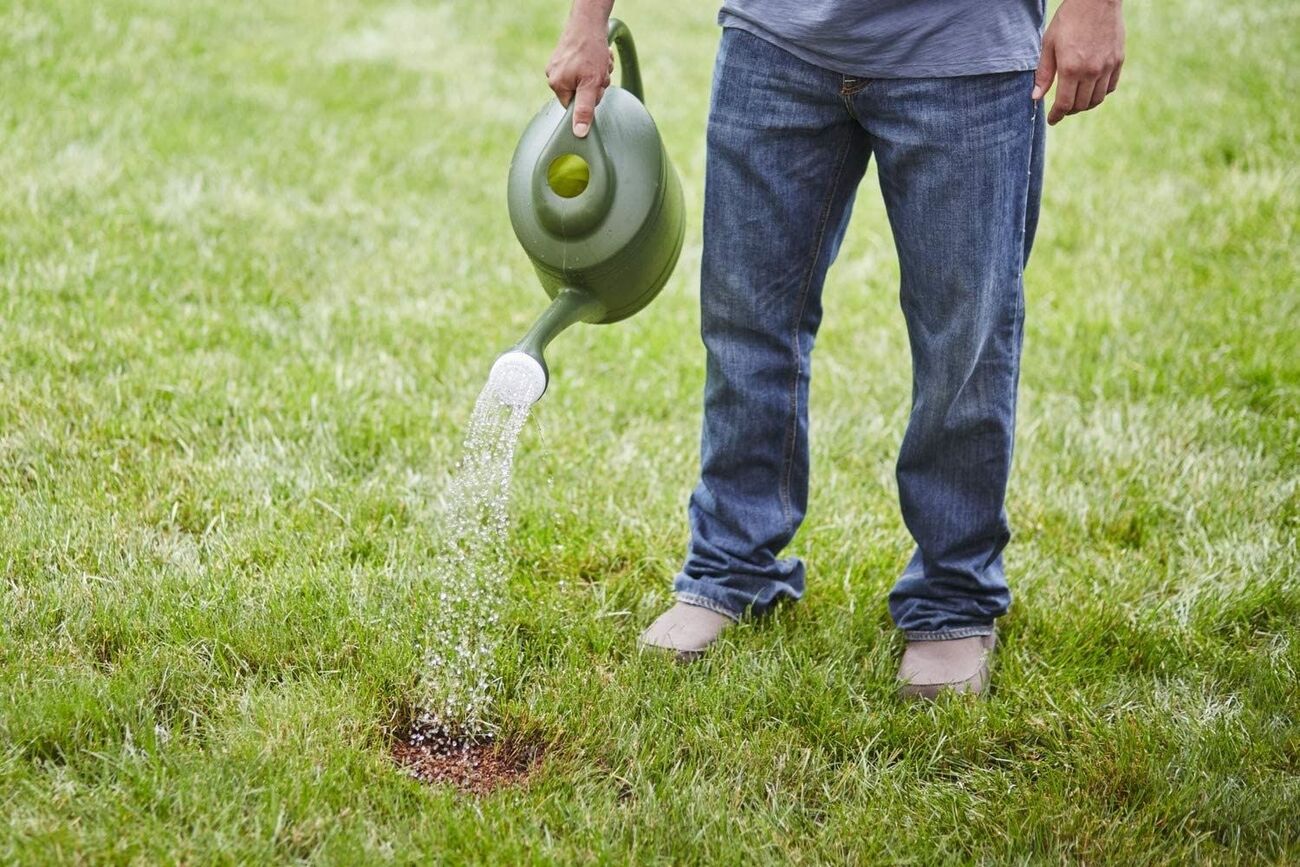
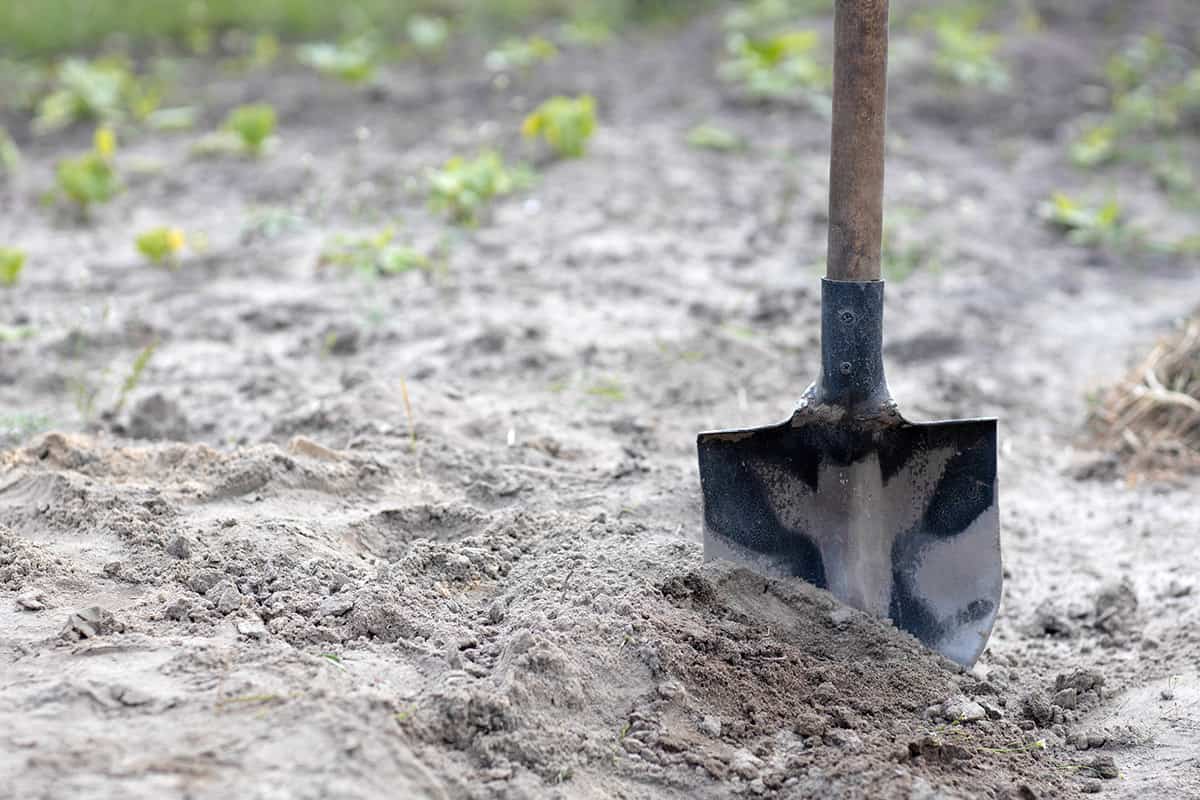
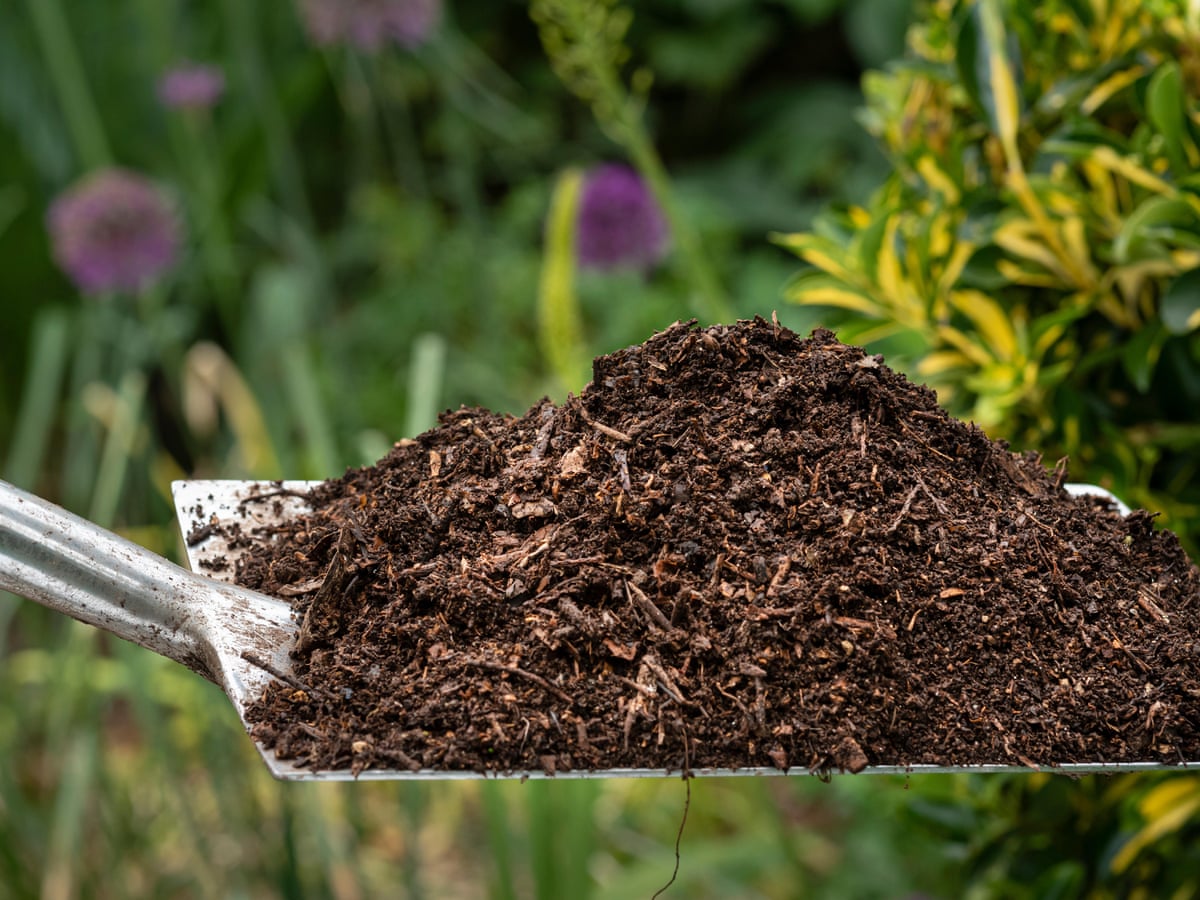
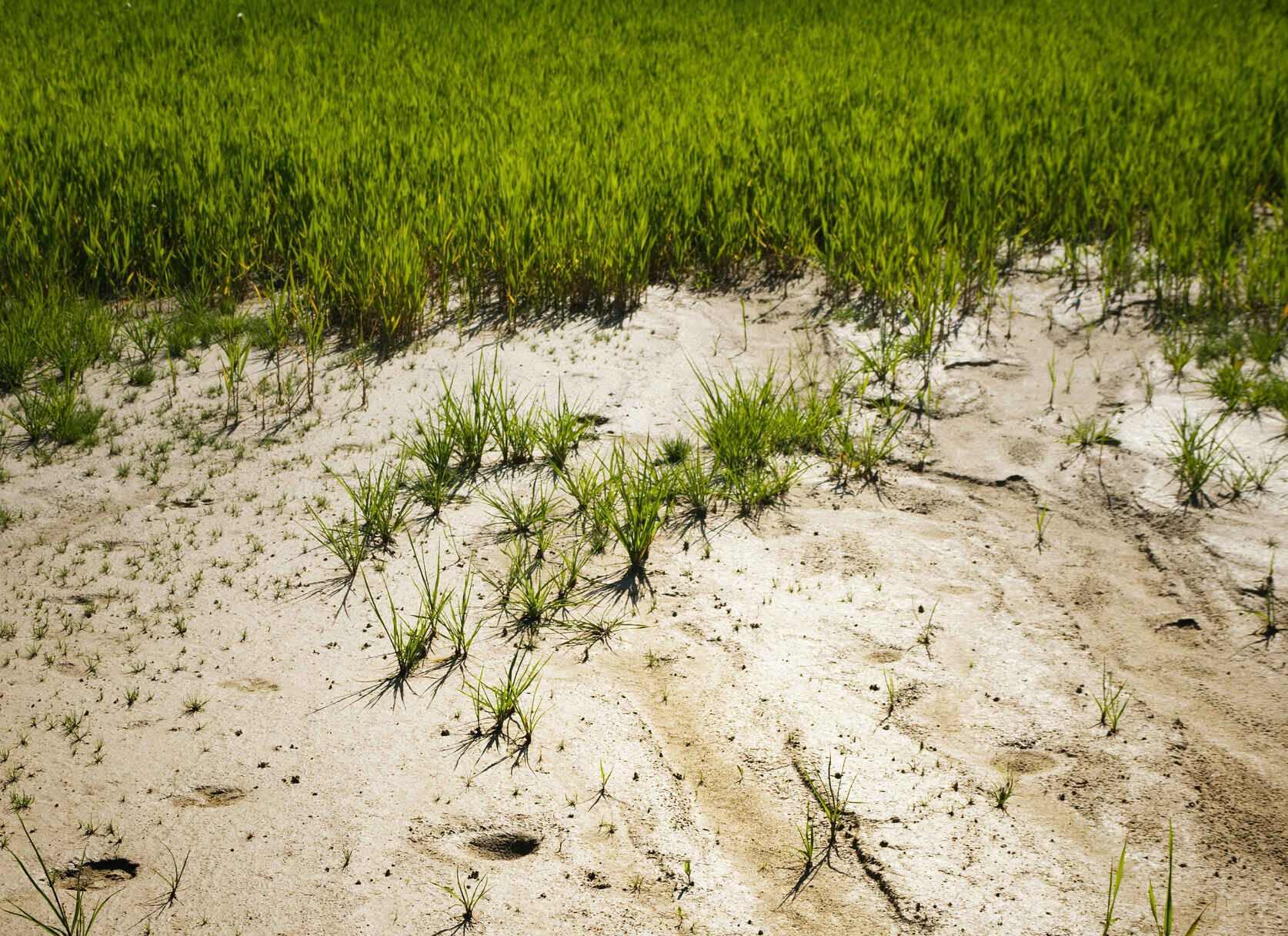
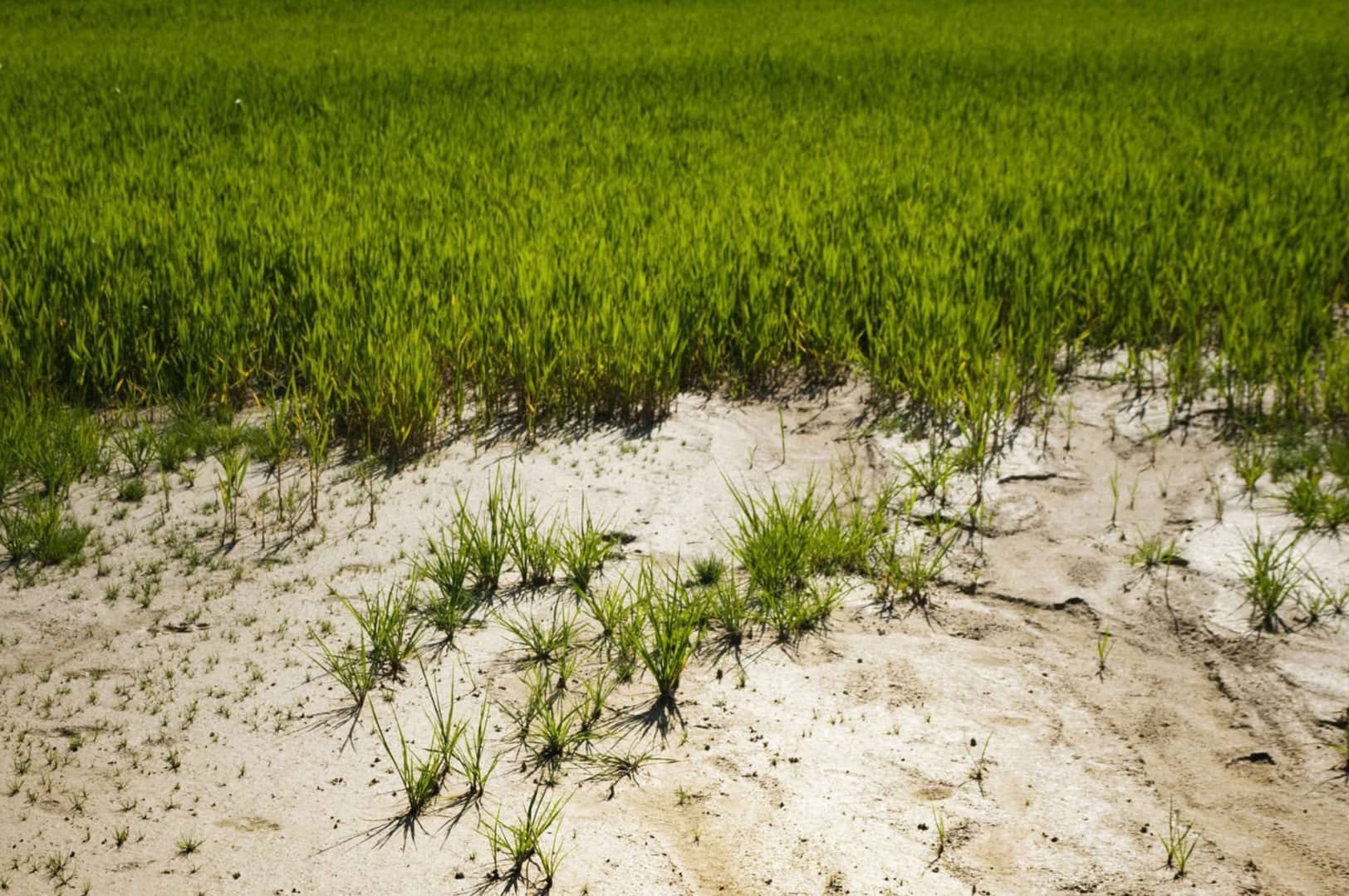
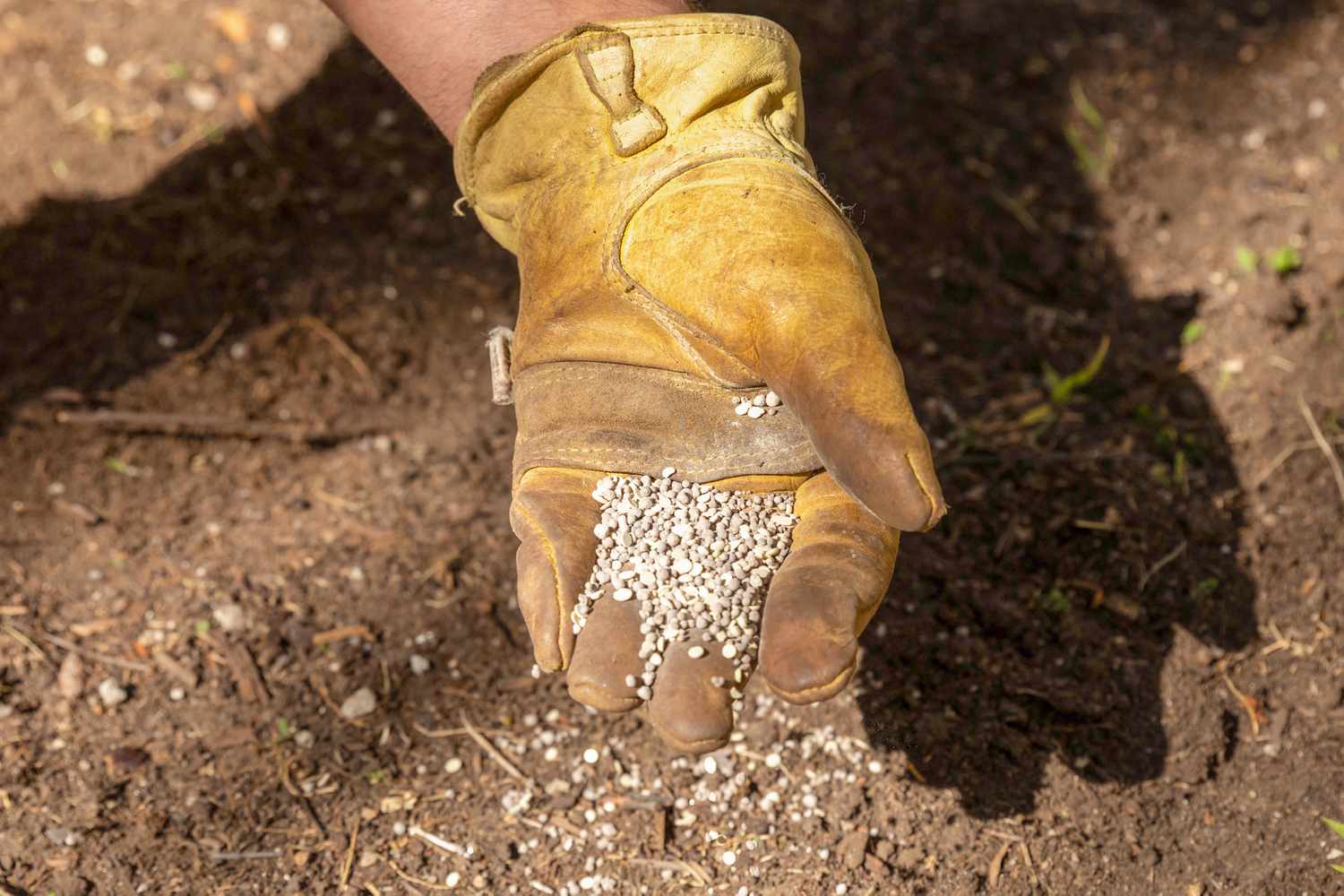
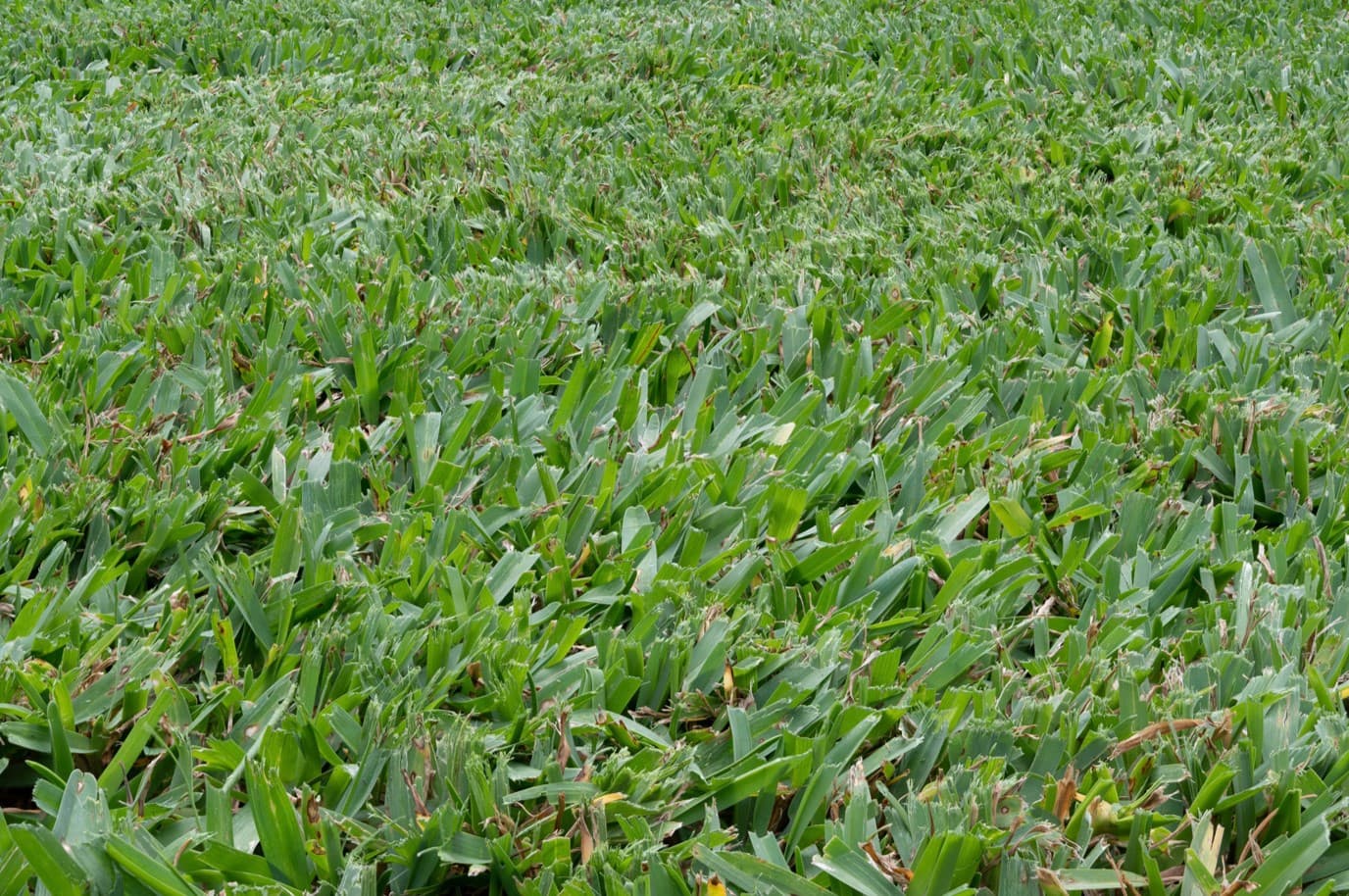

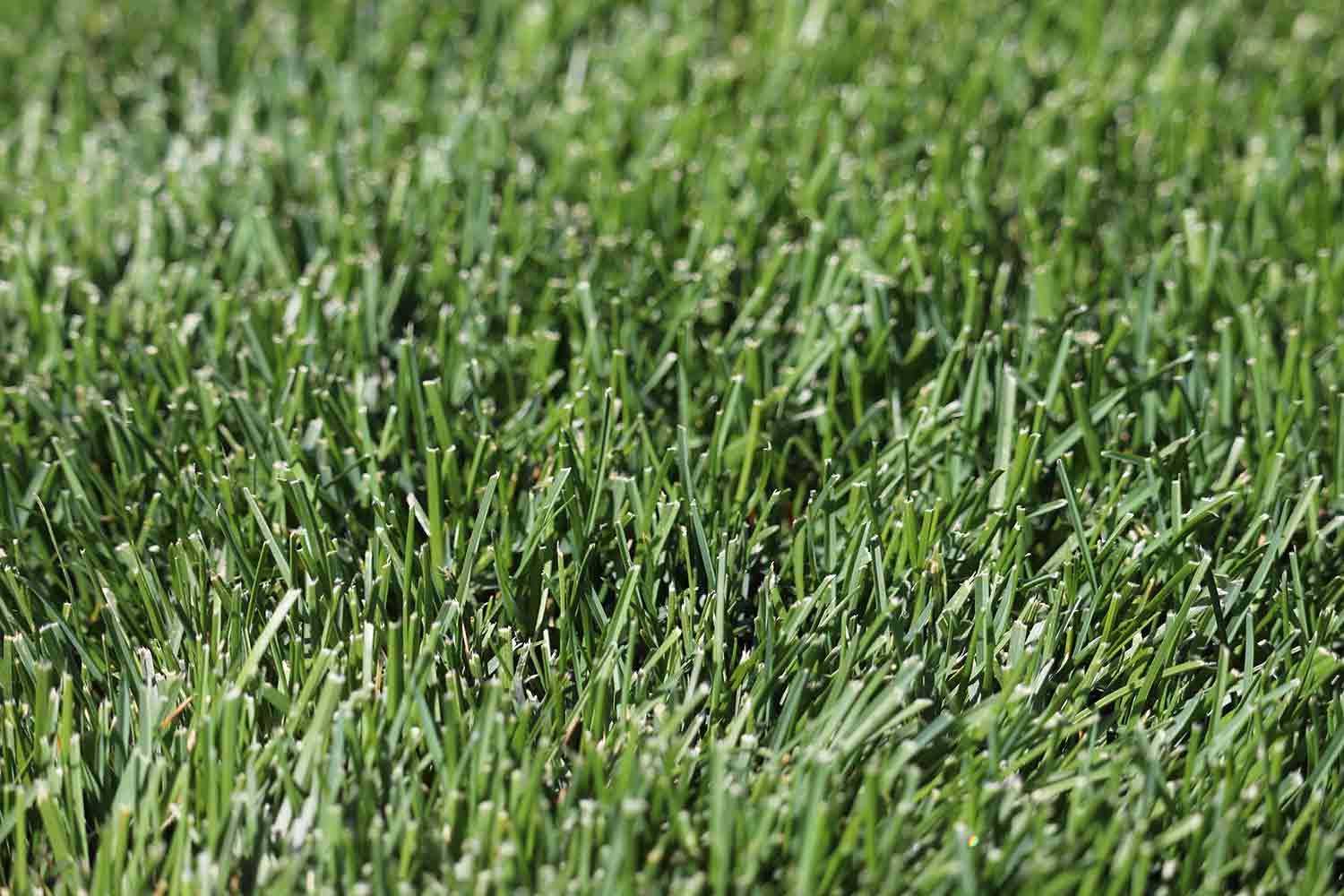
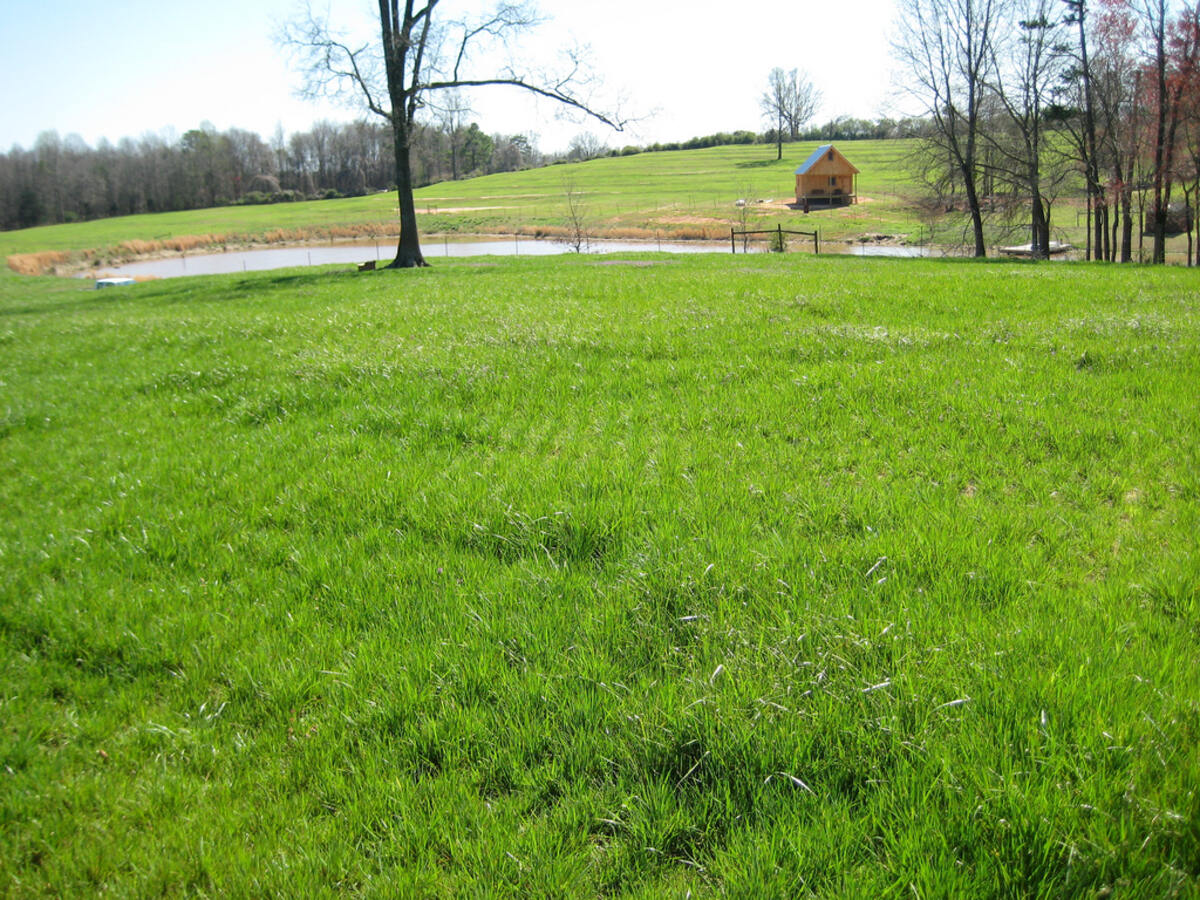
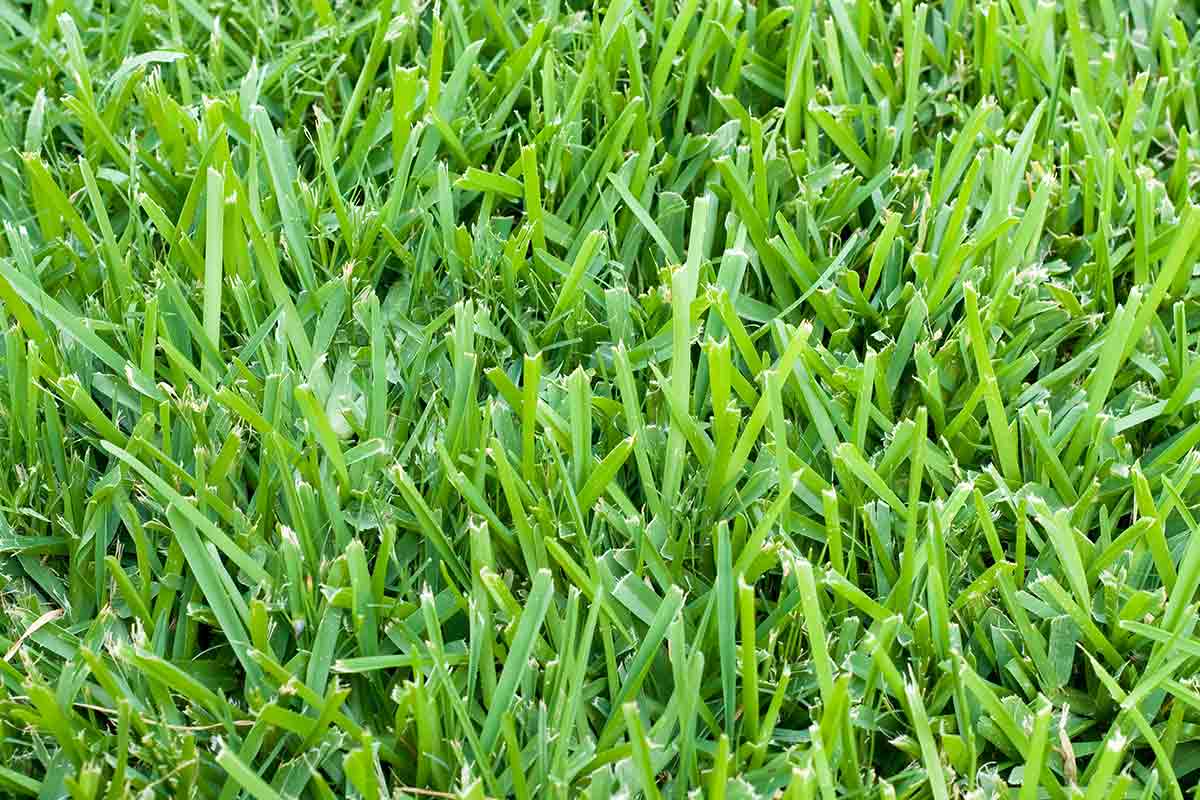




0 thoughts on “What Kind Of Grass Grows Best In Sandy Soil”